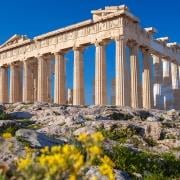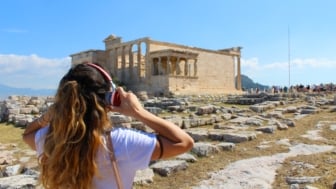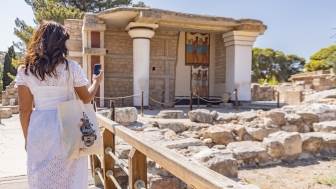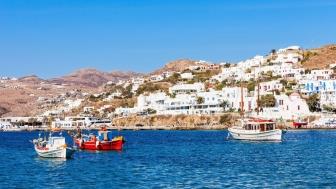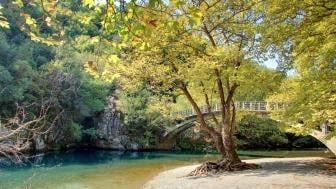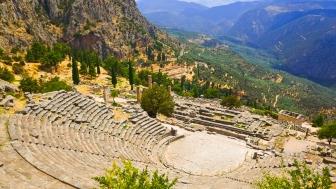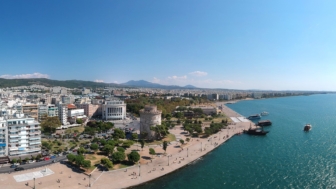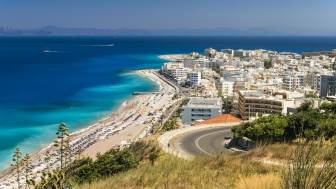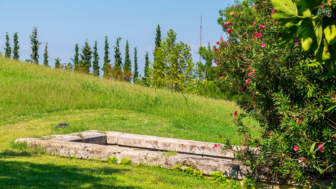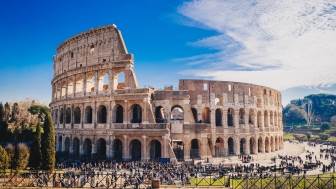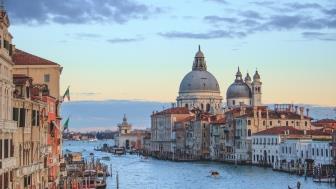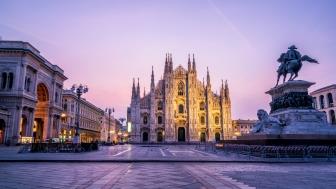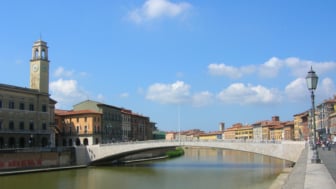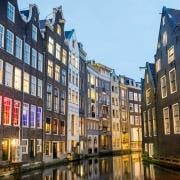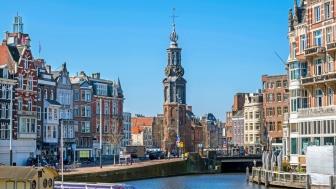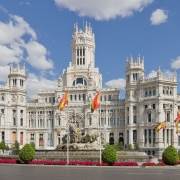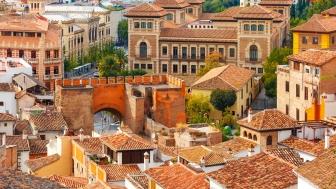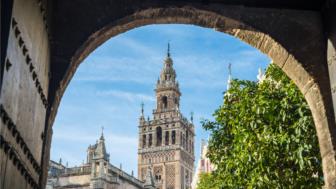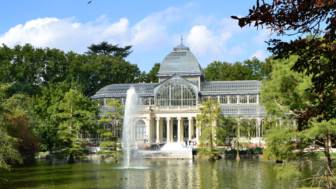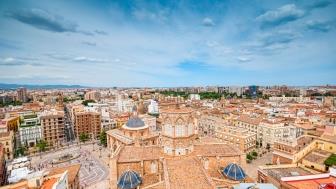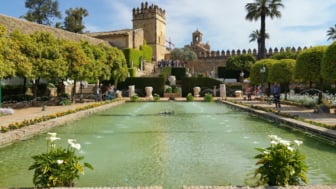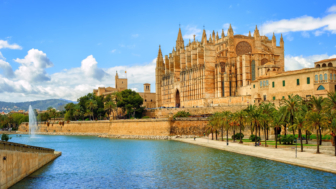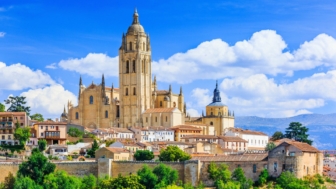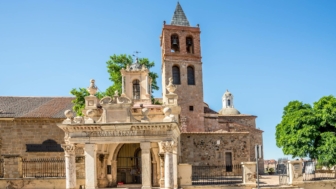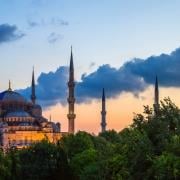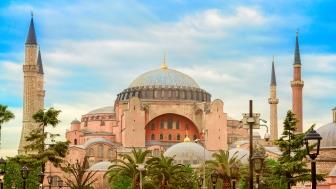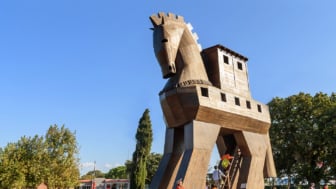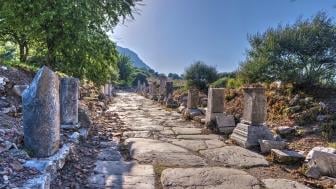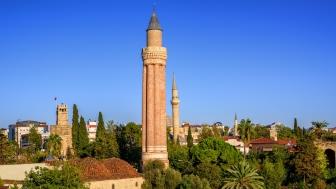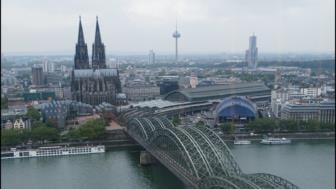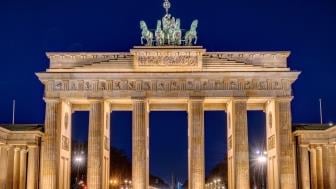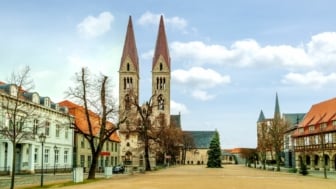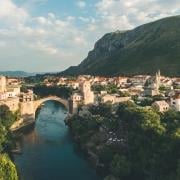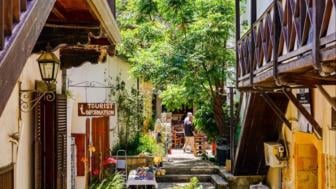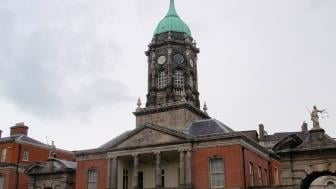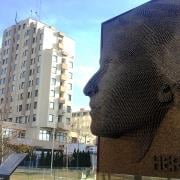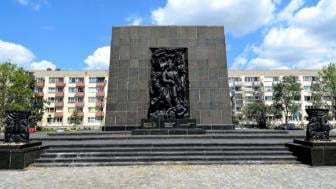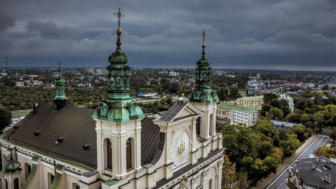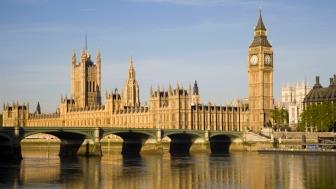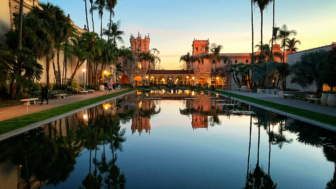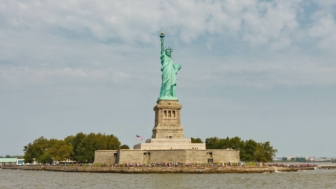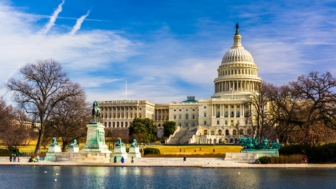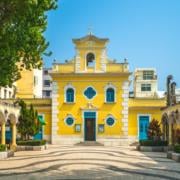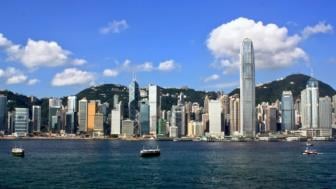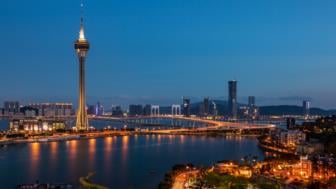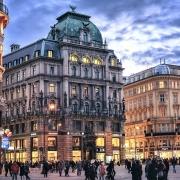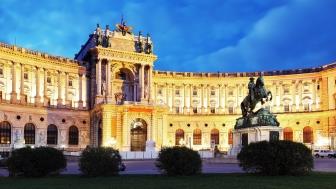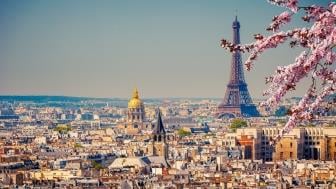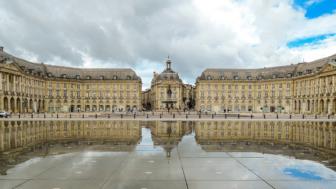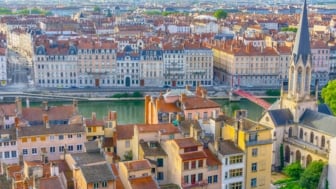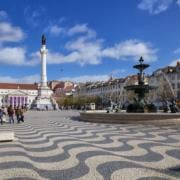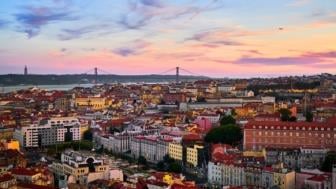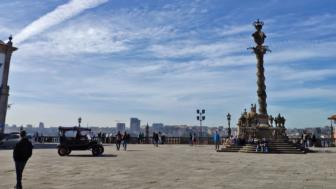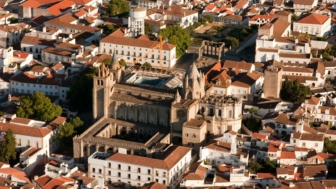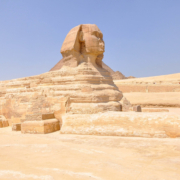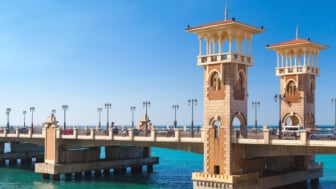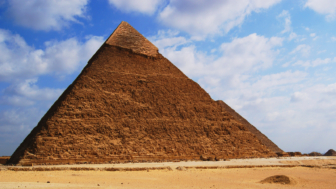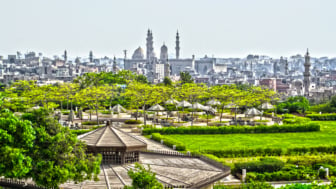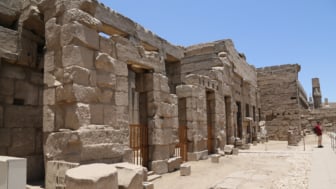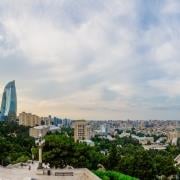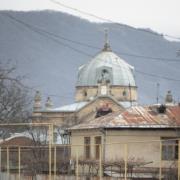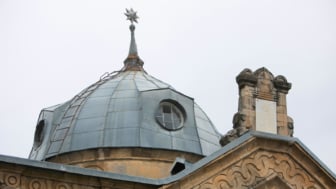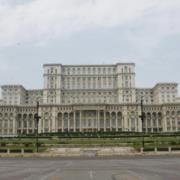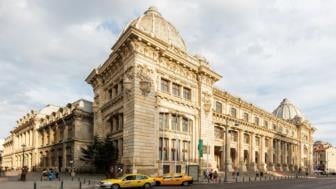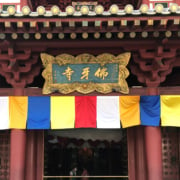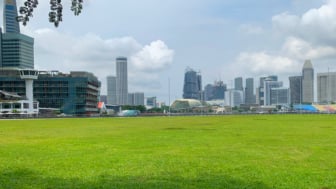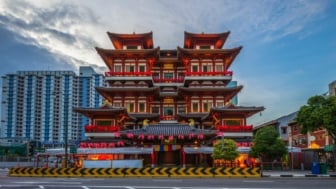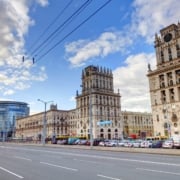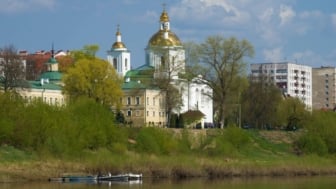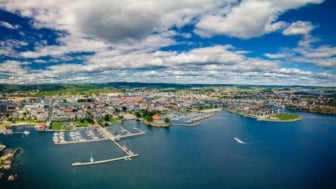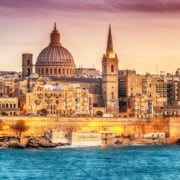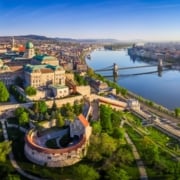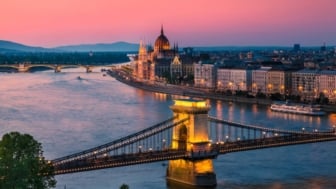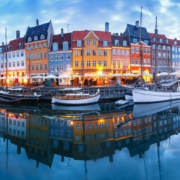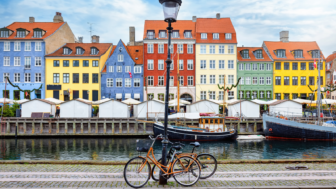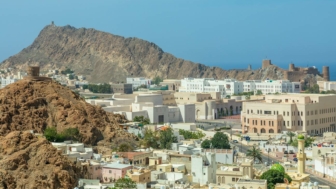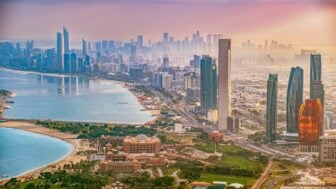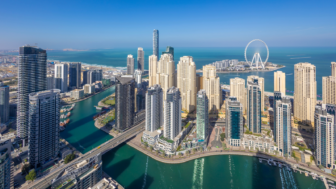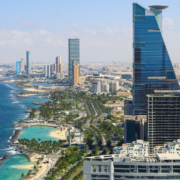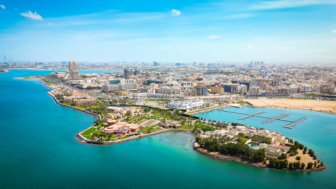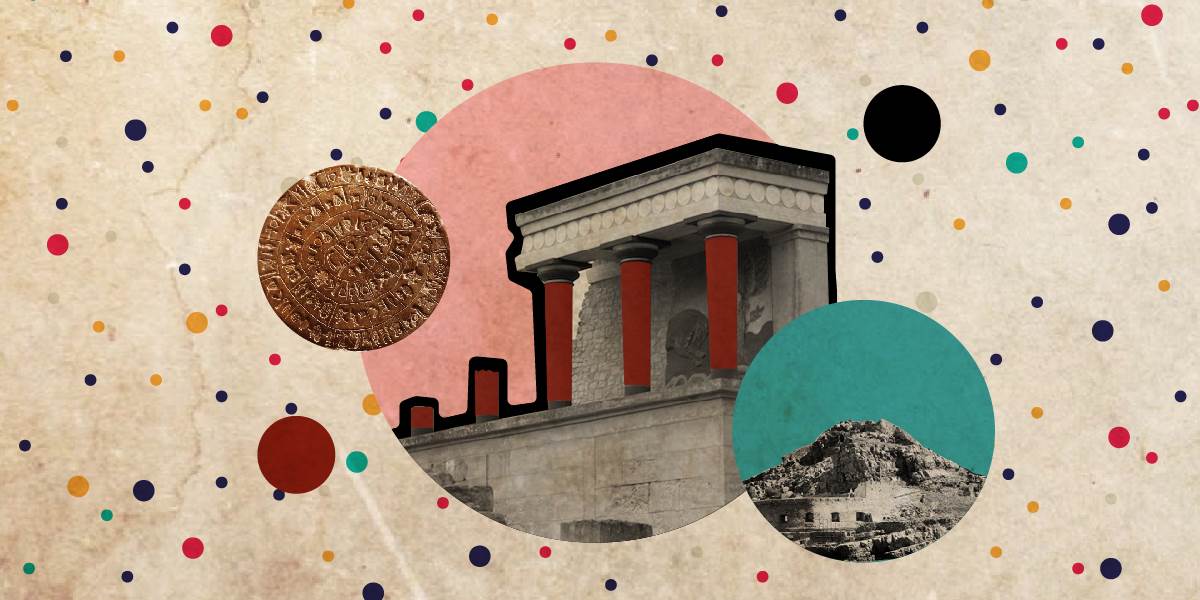Crete, apart from being the biggest island of Greece, is also one of the most gifted! Not only does the island have a very long and fascinating history dating back to the Neolithic Age, but it also boasts raw natural scenery with breathtaking gorges, mountains, caves and some of the best beaches in the world. Here is a list with the ultimate must-see attractions in Crete.
On top of that, Cretan cuisine is one of the most flavorful in Greece with high-quality local products and delicious traditional recipes. Surely, it is an island that can steal your heart and, if I were you, I’d plan a one-week trip there to explore it and enjoy all of its beauties. We’ve got you covered with our essential list of Crete’s top destinations.
The Palace of Knossos
Knossos was the heart of the Minoan civilization. It has been inhabited continuously from the Neolithic period and is believed to be Europe’s oldest city. According to tradition, Knossos Palace was the seat of the legendary king Minos and the birthplace of many myths such as the one of the notorious Minotaur residing in the center of a complex labyrinth.
Keep in mind that the site attracts travelers from all over the world and it can be rather tricky to wander around. To avoid waiting in the ticket line under the sun, check out here and book an e-ticket & audio tour combo that, trust me, will make your life a lot easier.
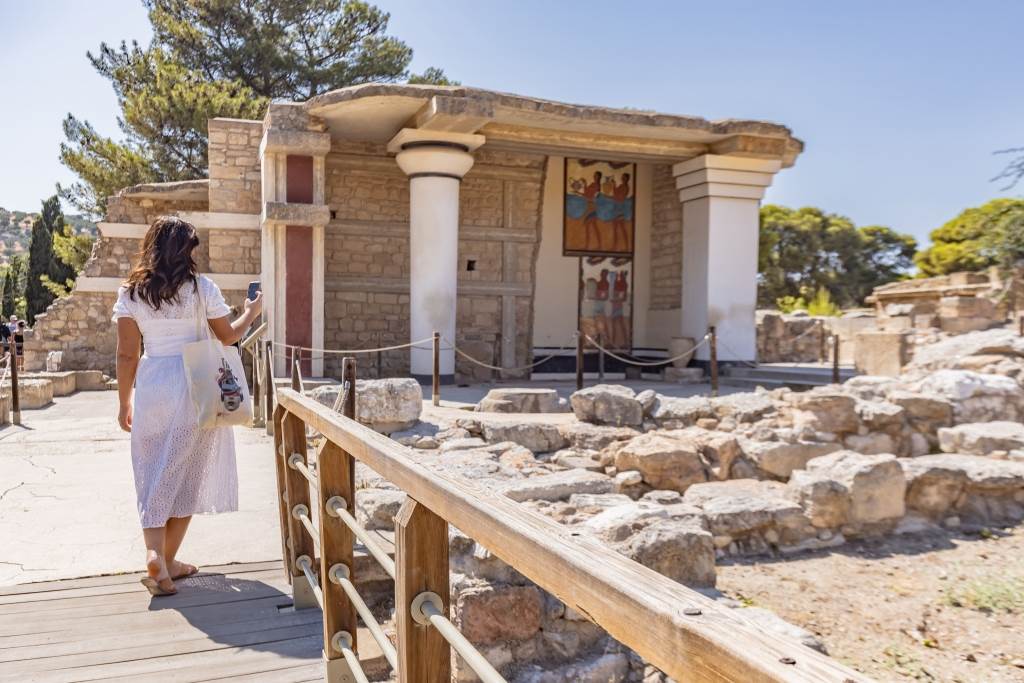
The Archaeological Museum of Heraklion
A visit to the museum is highly recommended as it hosts amazing exhibits that have been unearthed at the Minoan palaces, such as the disc of Phaistos and a large collection of ancient vases. It’s certainly one of the most important museums of Greece!
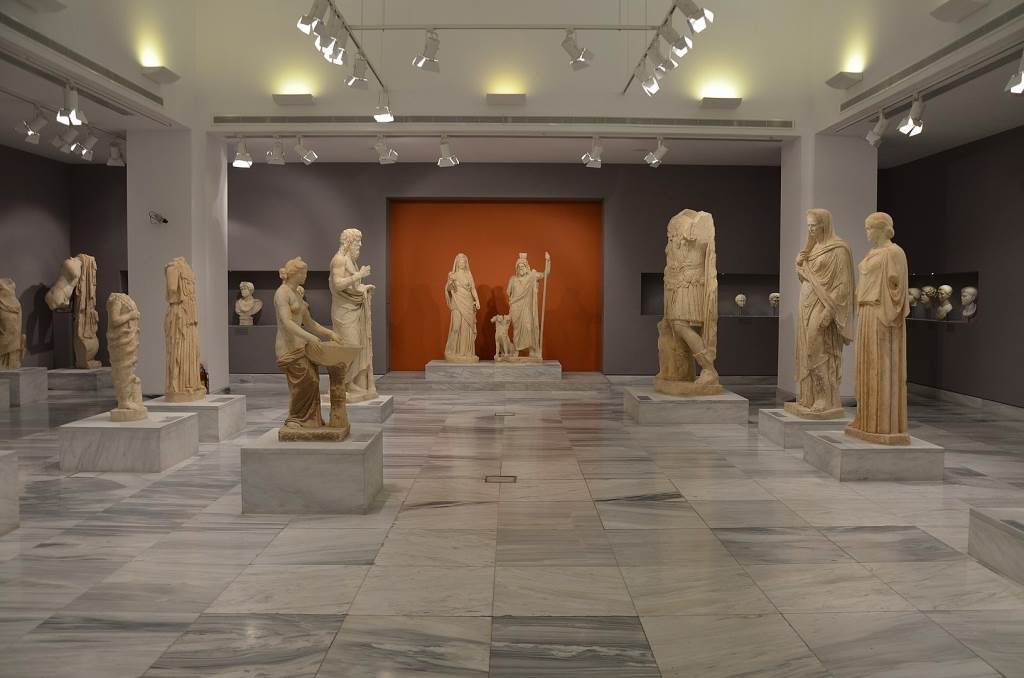
The Archaeological Site of Phaistos
Phaistos was one of the most important centers of Minoan civilization and the most wealthy and powerful city in southern Crete. Phaistos has been inhabited since the Neolithic Age and later flourished with the foundation and development of the Minoan palaces in the 15th century B.C. After visiting the archaeological site of Knossos, this is the second most important site in Crete!
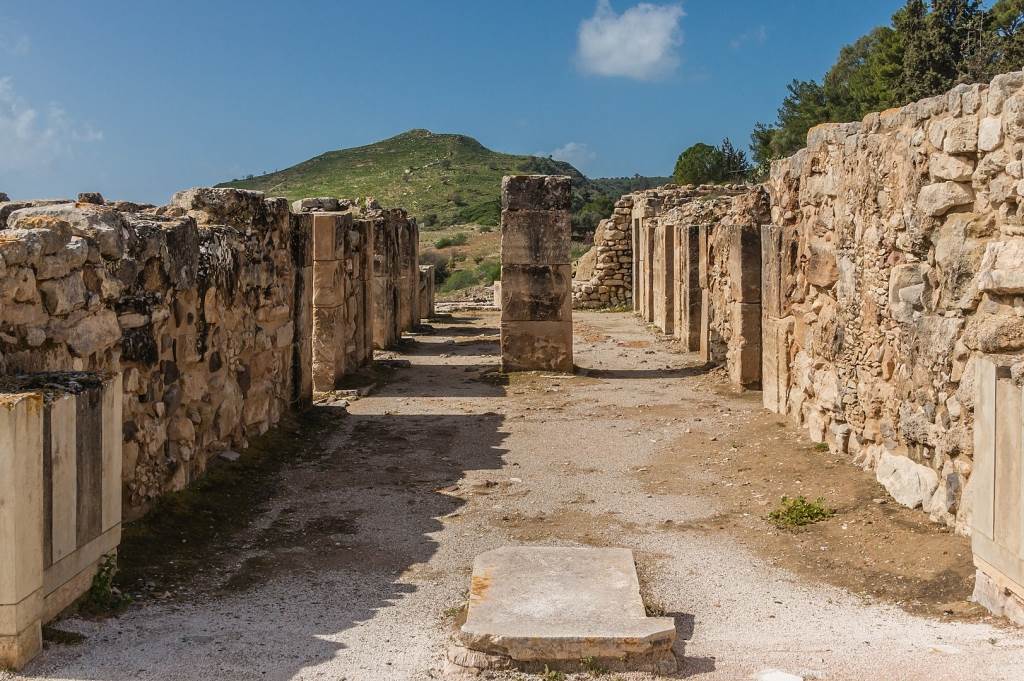
The Samaria Gorge
The gorge of Samaria is situated in the National park of Samaria, in the White Mountains of Western Crete. This imposing gorge is considered one of the top attractions of the island but before visiting, be prepared!
It is a 5 to7-hour walk on rough terrain so you will need to have a certain degree of fitness and walking experience in order to enjoy it. In winter, high water makes the gorge of Samaria dangerous and impassable, so it closes in October and opens again from May and on.
Psychro or Dikteon or Diktaean cave
Dikteon cave is one of the most important and famous caves of Crete. According to legend, the cave was the birthplace of Zeus. It is an awe-inspiring environment full of primeval geological formations, myths, and traces of the human past.
The Dikteon Cave consists of five chambers, large and small. Its most impressive feature is the lake at the lowest point, surrounded by massive stalactites and stalagmites. If you’re interested in learning all the stories and myths lying under the cave, put “Knossos tour: The Minoan daily life” self-guided audio tour on your headphones and happy exploring.
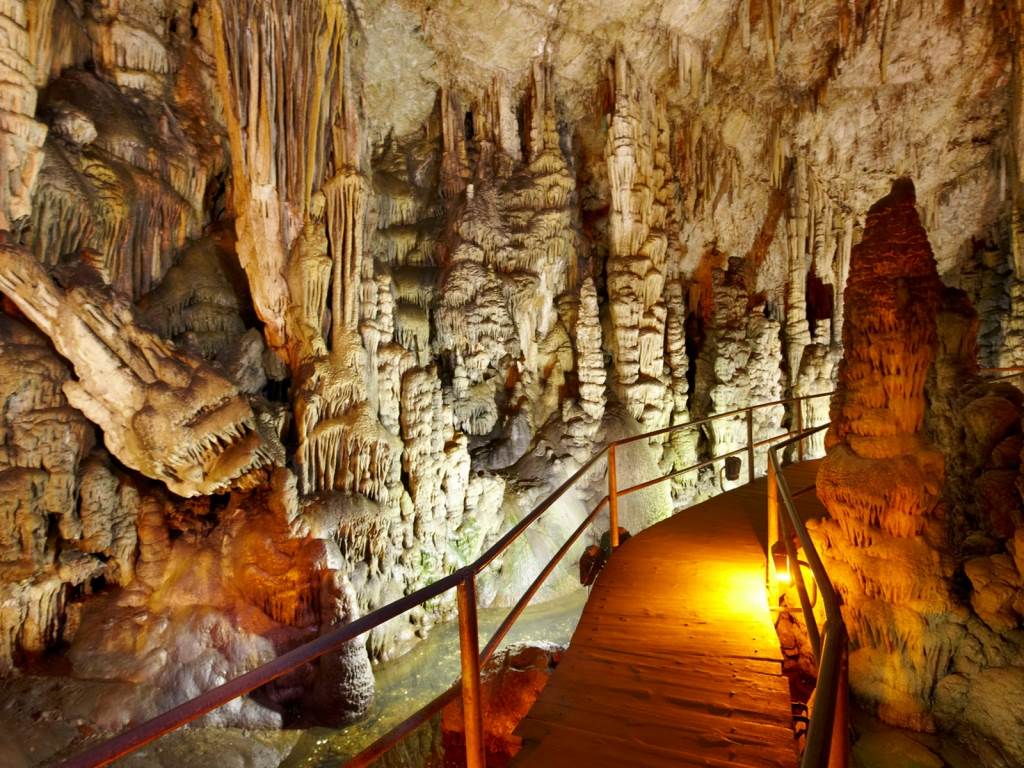
Spinalonga island
Spinalonga is a small island at East Crete. It is known as the Leper Island, as it was the place where lepers from Crete and the rest of Greece were quarantined until 1957.
Originally, Spinalonga was not a separate island – it was part of Crete but during the Venetian occupation the island was carved out of the coast for defense purposes and a fort was built there. There are boats from Agios Nikolaos, Elounda and Plaka that depart daily for Spinalonga.
Gavdos island
Gavdos is a very small island, where, according to legend, the shipwrecked Odysseus was captured prisoner by the nymph Calypso. It is a very small island, considered to be the southernmost point of Europe, with many emerald sandy beaches, dense piney, juniper woods, and rugged seascapes. It counts just a few permanent residents and its infrastructure is, as you might expect, very basic.
Yet, in summer, it welcomes more than 3.000 tourists, most of whom are hippie campers. You can reach the island by ferry either from Paleohora or from Sfakia and, if you’re lucky, you may also see dolphins swimming around!
Vai Beach
The palm forest of Vai and its large sandy beach, is one of the most visited places in Crete and one of the most special places in the Mediterranean, attracting thousands of visitors every year. The name of the area, Vai, comes from vayia, the Greek word for palms.
If you come in July and August, be prepared to see crowds. If, on the other hand, you visit Vai at the beginning or end of the tourist season, you will enjoy the idyllic scenery more quietly. In any case, it is totally worth a visit!
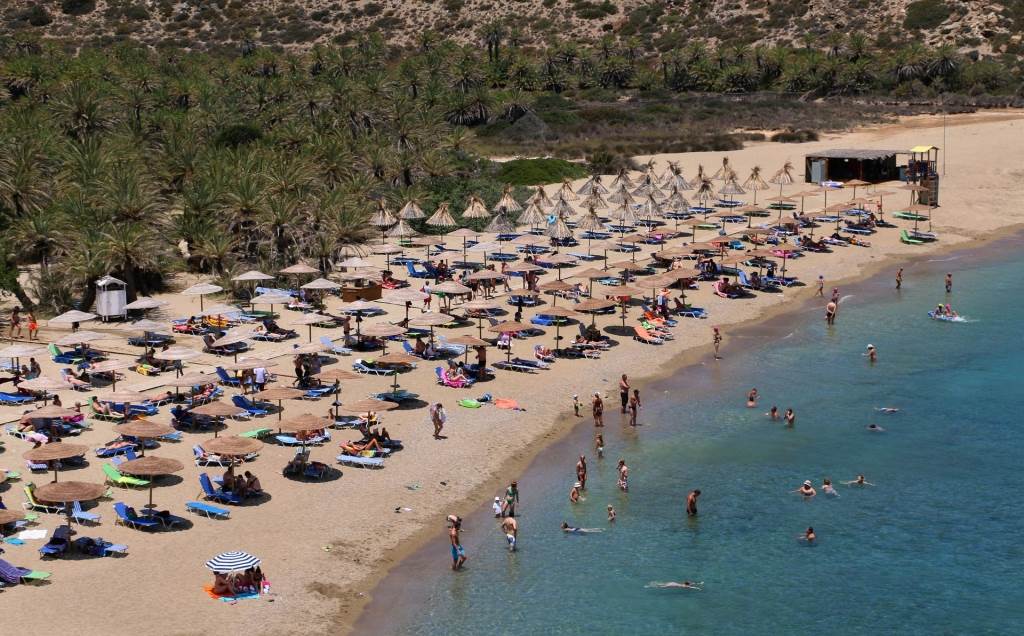
Elafonisi Beach
In 2014, Elafonisi was listed among the world’s top 25 beaches on TripAdvisor. Until then, it was a secret beach known only to locals. Today, it is the target destination for almost every traveler that visits Crete.
The main reason why it has acquired such fame is the pink sand, which is composed of the remains of tiny pink shells that line the seafloor. Don’t get disappointed though if the sand is not pink when you visit Elafonisi. The colour of the beach depends on the wind & the season among many more factors.
Balos Lagoon
Balos is surely the most photographed beach in Crete! It is famous for its turquoise waters and exotic scenery. During summer, Balos is visited by thousands of travelers, who arrive by ferry from Kissamos port. You can also reach the beach by car, driving an 8km dirt road, from where you will get the chance to enjoy a magnificent view of Kissamos bay.


